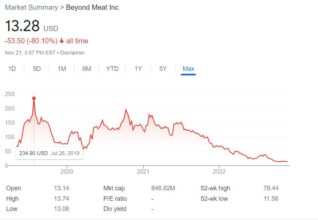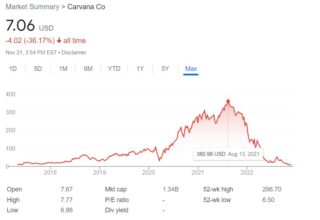We will admit up front that this article will cover “too much”: that’s a by-product of Congress’ propensity to complicate tax laws and our own desire to give you a compact reference for future use. Of course, we are not tax experts, so please rely on your own accountant before making major moves on the tax front. First off, we will discuss high points of the new SECURE 2.0 retirement act, which expands on SECURE 1.0. Keep in mind that SECURE 1.0 had eight provisions; 2.0 has over 100 provisions. You’ll need an accountant’s help to take full advantage of this new legislation. Next, we’re going to touch on some laws that are set to revert to previous versions if Congress does not intervene.
SECURE 2.0
The first version of this act is best known for extending the age at which IRA holders must take required minimum distributions, for age 70 ½ to age 72. SECURE 2.0 bumps that once again, this year, to age 73. So if you are 72 this year, you have another year. In 2033, the age extends again, to 75. Other provisions include:
- Reduced penalties if you miss an RMD
- Increased catch up contributions starting in 2025 for participants aged 60-63.
- Also starting in 2025, catch up contributions for savers of all ages who make more than $145,000 per year will need to be made in after tax dollars into a ROTH plan.
- Under previous tax law, participants in ROTH 401ks had to take RMDs, while owners of ROTH IRAs did not. That has been changed to eliminate RMDs for the ROTH 401k starting in 2024.
- Starting this year, IRA owners who use the Qualified Charitable Distribution tactic to direct their RMDs to charities can have a one-time, up to $50,000 per person opportunity to form a charitable trust with that money instead. So a couple could contribute $100,000 to a charitable trust, from which giving could extend for years. One note: the funds must be kept separate from any other charitable trust you already own. This one is tricky – so consult your estate attorney!
- Excess 529 plan funds can, if you comply with several Byzantine rules, be rolled into a ROTH IRA for the beneficiary. Here, the rules are subject to some interpretation, so be sure to consult your accountant before attempting this one.
- Multiple opportunities to withdraw penalty-free from IRA accounts for various sorts of emergencies.
- Several employer-centric provisions including matching for ROTH 401ks, emergency savings ‘sidecar’ accounts to be offered alongside retirement plans, student loan payment matching, and several others. These provisions will not appear in employer plans overnight, and some may never appear, so stay tuned to your benefits manager at work.
Next up, the impending sunsets for important provisions of the 2018 tax act. This isn’t a call to action – rather, it’s a heads-up to keep track of the news around these laws, because if Congress does allow these provisions to sunset, everyone will be affected. The sunset occurs at the end of 2025. The most important items to track are:
- Income tax brackets will rise at every level to the old brackets; the standard deduction, which was effectively doubled, will revert to half the current level; deduction formulas will change, including for home mortgage interest; and the child tax credit will revert to the less generous formula pre-2018.
- The big one: the estate and gift tax exemption, now set at just over $12 million per individual and $24 million per couple, will re-set to the old limits, expected to be adjusted for inflation, of around $6.5 million per person. Should this re-set occur, we expect appointments with estate planning attorneys will be difficult to arrange due to the crush of trust restatements.
This brief is by no means a complete review of these important topics. We view ourselves as investment managers first, but secondarily, responsible for knowing just enough about changes in the law to alert you, so that you can consult with your own experts. Hopefully this piece has fulfilled that function.


